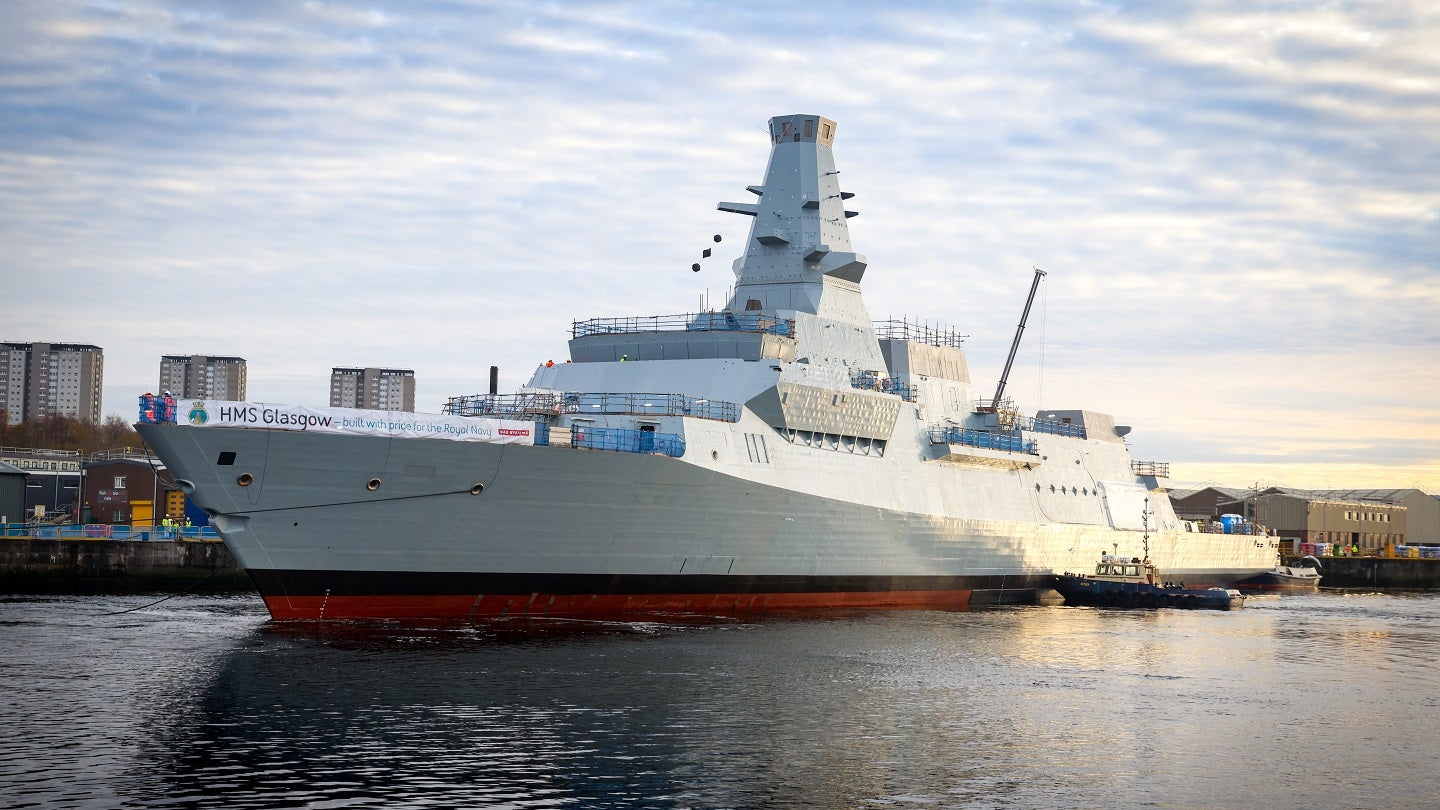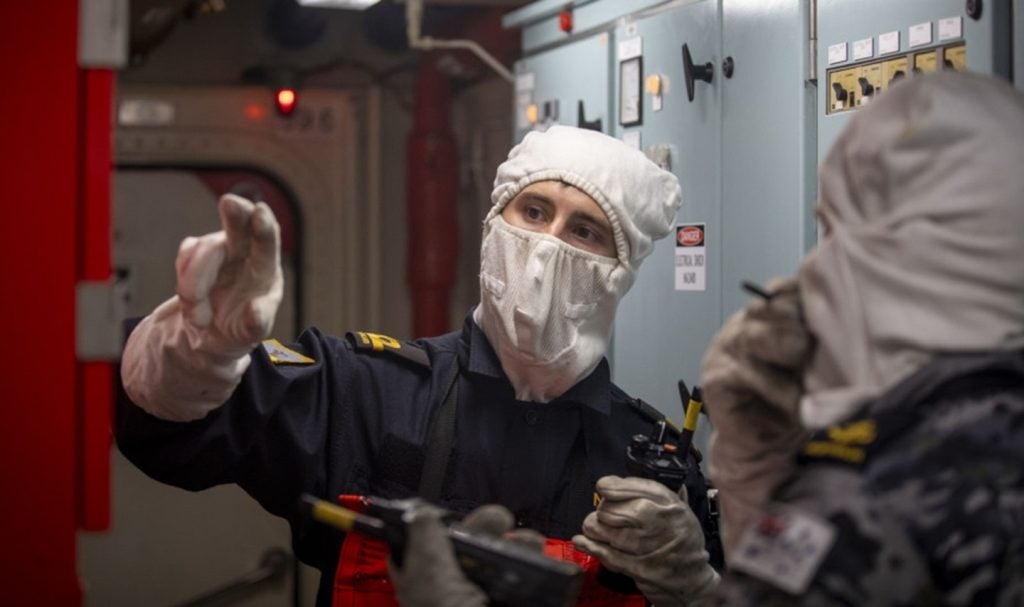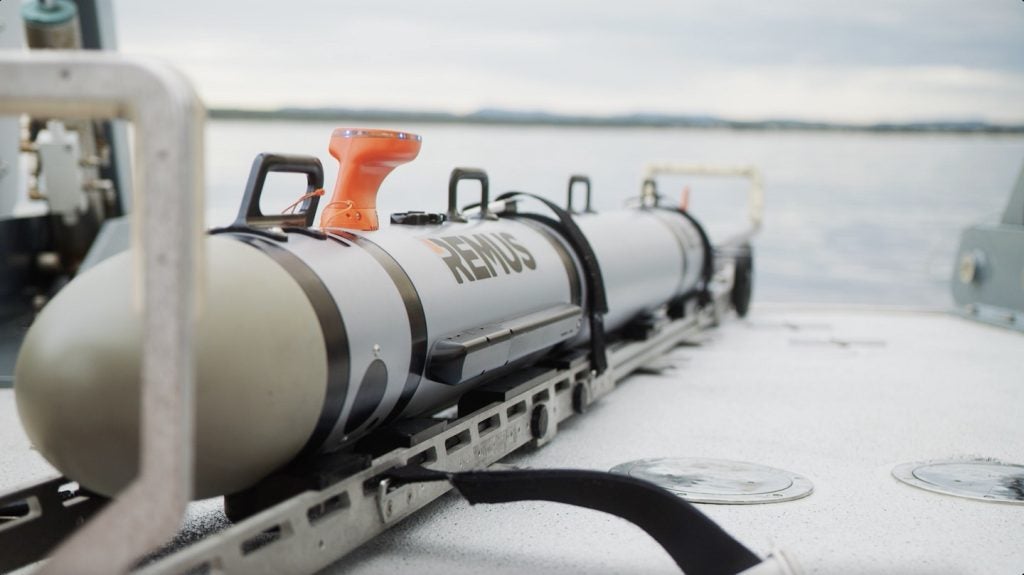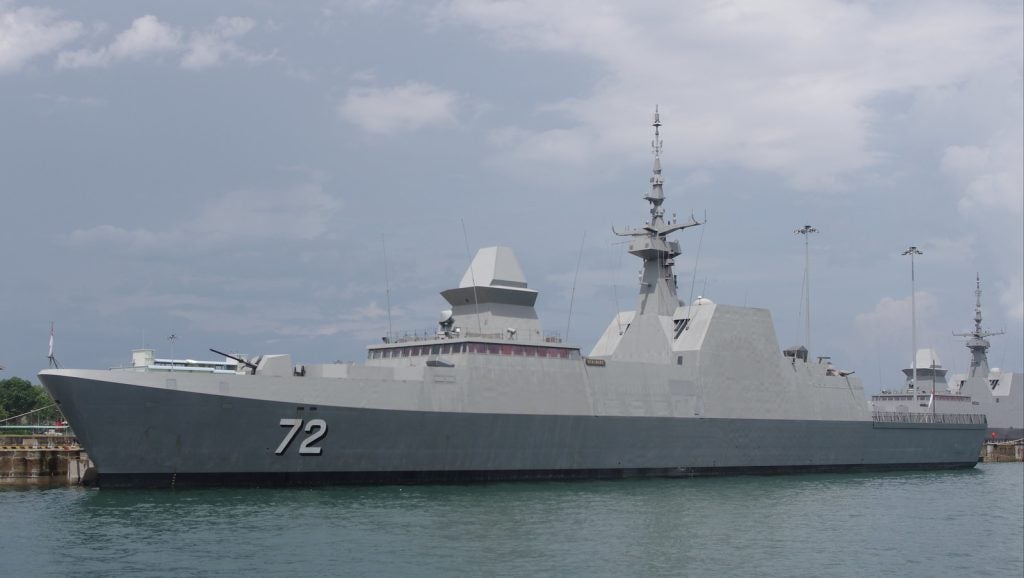
The UK Ministry of Defence (MoD) is planning to enter into an eight-year contract with Ultra Sonar Systems for the manufacture, trial, and supply of five Type 2150 hull-mounted naval sonars destined for the Type 26 frigate, in a deal worth up to £30m ($38.4m).
The contract for five additional Type 2150 bow sonars will see new systems provided for hulls 4-8 of the Type 26 programme, which will deliver a fleet of eight multirole guided missile frigates to the Royal Navy. The deal is not unexpected, due to the sonar dome of the Type 26 frigates being specifically designed for the Ultra system, as well as ensuring commonality with the first three vessels in the class.
How well do you really know your competitors?
Access the most comprehensive Company Profiles on the market, powered by GlobalData. Save hours of research. Gain competitive edge.

Thank you!
Your download email will arrive shortly
Not ready to buy yet? Download a free sample
We are confident about the unique quality of our Company Profiles. However, we want you to make the most beneficial decision for your business, so we offer a free sample that you can download by submitting the below form
By GlobalDataIn a 30 June award update published by the UK MoD, it was stated that the contract would begin on 31 March 2024 and conclude on 31 March 2032.
In April 2020 Ultra announced that the UK’s Type 23 frigate HMS Portland had become the first ship to be fitted with the company’s Type 2150, as part of a wider refit of the UK Royal Navy’s surface combatant fleet. In June 2021, HMS Portland completed the first-in-class sea trials of the Type 2150.
The Type 2150 will replace the legacy Type 2050, which has been in Royal Navy service with the 1990s.
According to Ultra Group the new sonar incorporates digital control of the outboard array to minimise interference, reducing cabling while improving reliability and extending array maintenance intervals to at least five years.
The sonar will be fitted to eight of the Royal Navy Type 23 frigates, and with the additional five Type 2050 systems procured for the Type 26 programme, on top of the three already on contract, all eight of the Type 26 frigates will also equip the system.
Part of Ultra Group’s ‘Sea Searcher’ sonar range, the Sonar Type 2150 has two lightweight sub variants, suitable for smaller naval vessels such as corvettes and OPVs displacing up to 2,000 tonnes.
Ultra Group will also install hull-mounted sonars on Canada’s Future Surface Combatant programme, which will see up to 15 frigates manufactured for the Royal Canadian Navy, based on the UK’s Type 26 design.
Hull mounted sonars – not one ping only
Ultra Group literature states that the Sea Searcher family of hull mounted sonars have active and passive anti-submarine warfare modes, mine and obstacle avoidance sonar, integrated underwater communications, automated torpedo detection, classification and localisation, and an optional marine mammal detection and classification functionality.
The sonars have an active operating frequency of between 5kHz – 12kHz, active transport sectors 360° or operator selectable sector (north or ship stabilised), active waveforms of CW, FM, combined CW and FM, active ping length from 1/16th up to two seconds, a range scale of 2-72,000 yards, and passive operating frequency of between 2 kHz – 8 kHz.
As the UK Royal Navy’s dedicated anti-submarine warfare frigates, the Type 26 fleet will also feature the Type 2087 towed sonar array that can be deployed from the stern of the vessel, further increasing its ability to detect and classify subsurface threats.







